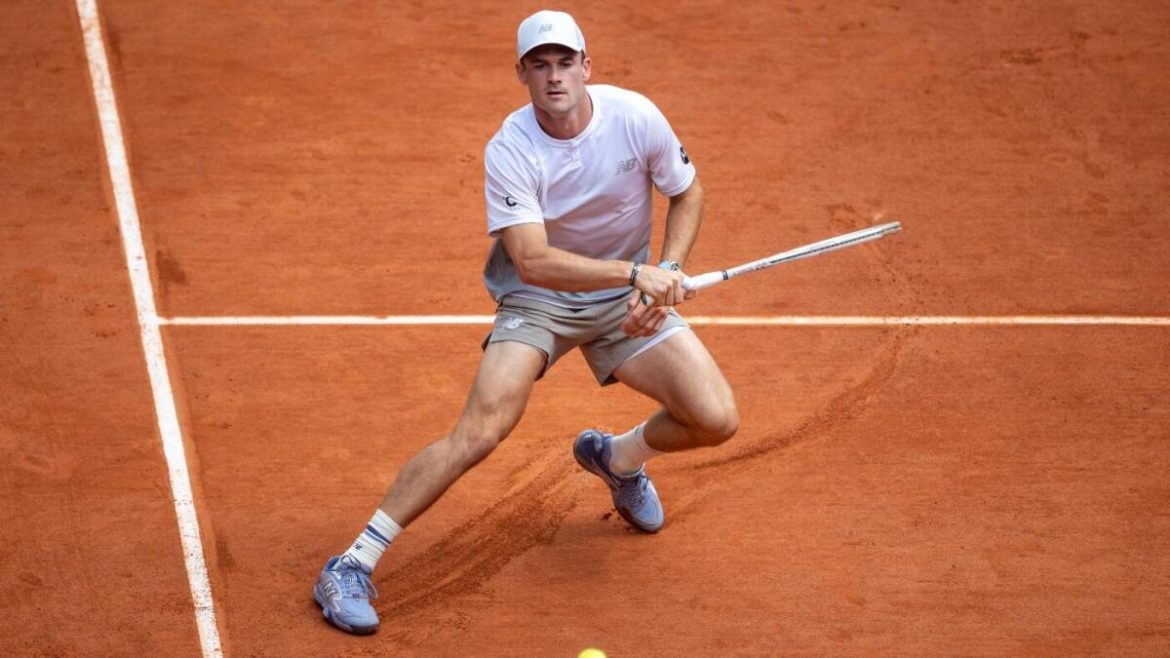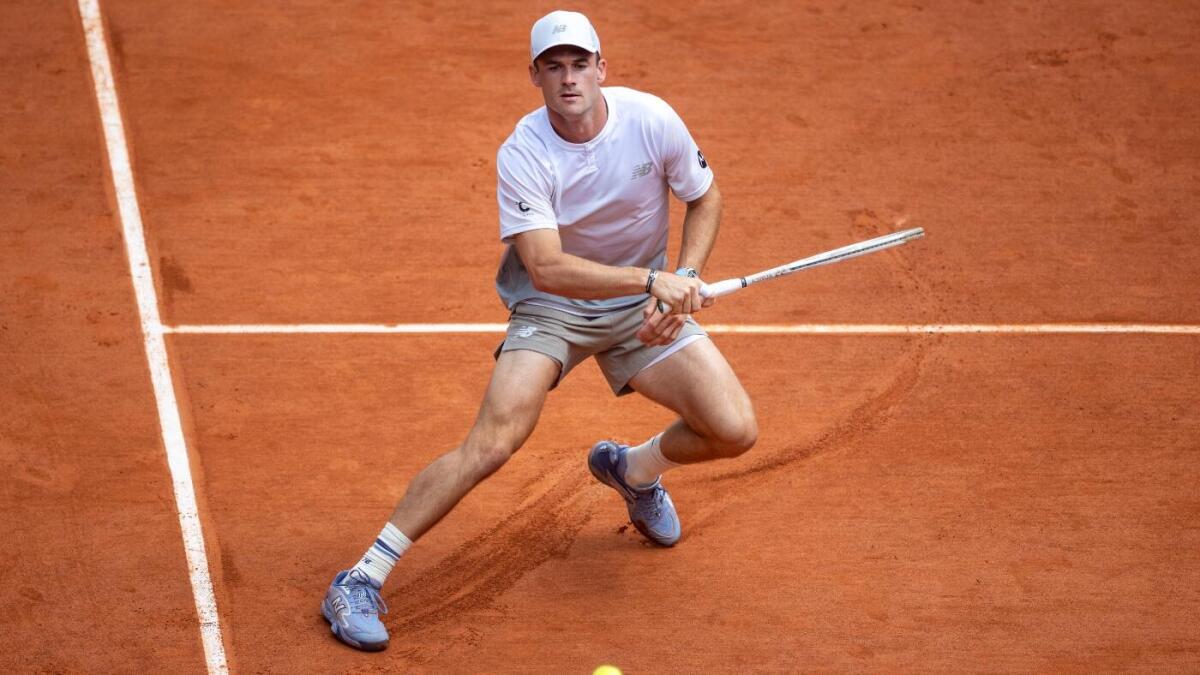Tommy Paul’s milestone at the 2025 French Open stands out as a significant moment in American tennis history, breaking a dry spell that lasted more than two decades. His achievement as the first American man to reach the French Open quarterfinals since Andre Agassi’s run in 2003 encapsulates a mix of personal triumph, national sports resurgence, and shifting dynamics in the international tennis landscape.
Breaking a 22-Year Barrier: The Context of Paul’s Achievement
Tommy Paul’s victory over Alexei Popyrin, with a commanding straight-sets scoreline of 6-3, 6-3, 6-3, is not just a win on the scoreboard but a symbolic breakthrough for American men’s tennis on clay courts—a surface historically less favorable to American players. The last time an American man advanced this far was Andre Agassi in 2003, during a period when American men frequently contended for Grand Slam titles. Since then, the French Open quarterfinals had remained elusive to Americans, signaling a gap in competitive progress on European clay.
Tommy Paul, seeded 12th, demonstrated resilience and skill by saving 9 of 10 break points during the match, which underscores his composure under pressure and tactical proficiency. His less-than-two-hour victory is even more impressive considering he was coming off grueling five-set matches in earlier rounds, highlighting his physical stamina and mental toughness.
Tommy Paul in the Larger American Tennis Narrative
The significance of Paul reaching this stage goes beyond individual success. Andre Agassi and John McEnroe, whose names often come up alongside this achievement, are part of an illustrious lineage of American tennis greatness. However, since Agassi’s era, American men have struggled to replicate such deep runs at Roland Garros. The clay courts demand a distinct style of play—longer rallies, patience, and strategic use of topspin—that has not always aligned with the traditional American game’s focus on power and fast surfaces like hard courts and grass.
Paul’s success might signal an evolution in American tennis training, player development, and adaptability. His ability to thrive on clay hints at the emergence of players who can challenge the European dominance in this major. It also reflects a potential revival phase, offering hope that American men can once again be contenders on all surfaces.
The Match Dynamics: Paul vs. Popyrin
Alexei Popyrin, the 25th seed from Australia, had arrived in the fourth round without dropping a set, showcasing formidable form and momentum. Yet Paul’s consistent 6-3 sets across the match illustrate a well-executed game plan, combining strong baseline play with effective service games. Paul’s capability to save break points reveals his defensive readiness and clutch performance, crucial in high-stakes matches.
This match also revealed the importance of physical preparation, as Paul managed not only to contain Popyrin’s aggression but also to dominate throughout. The straight-set win served as a statement that Paul could handle both the physical and psychological challenges posed by opponents who are in peak condition.
Implications for the 2025 French Open and Beyond
Paul’s progression into the quarterfinals contributes to a broader narrative for the 2025 French Open, where American tennis is witnessing a resurgence marked by multiple players advancing to later rounds. Historically, having multiple national players in advanced stages of a Grand Slam has boosted the sport’s popularity and institutional support in that country.
Moreover, Paul’s run may catalyze increased interest in clay-court strategies among American players and coaches. It could inspire younger American athletes to pursue versatility across surfaces, essential for future Grand Slam success.
Conclusion: A New Chapter Begins for American Men’s Tennis
Tommy Paul’s advancement to the French Open quarterfinals after a 22-year gap is both a personal triumph and a beacon for American tennis. It signals the potential for an era where American men regularly compete deep into major tournaments on all surfaces, including the traditionally challenging clay courts. Paul’s combination of tenacity, skill, and tactical maturity pays homage to legends like Andre Agassi while setting the stage for his own legacy.
This moment is not merely a statistical milestone but a narrative catalyst, breathing fresh energy into American tennis and promising exciting chapters to follow as Paul and his compatriots strive to reclaim prominence on the global stage.





